After a week of small wins and sudden losses, you might ask Is Forex Trading Hard as you try to hit a daily profit target. Hitting steady Forex Trading Profit Per Day comes down to realistic daily pips, position sizing, risk management, consistent strategy, controlling drawdown, and steady trading psychology.
What daily returns are realistic for your account size and time frame, and how do traders balance growth with risk? This guide outlines the steps and mindset that lead to repeatable results.
Goat Funded Trader's prop firm offers a practical path to test those goals by giving you access to funded accounts and simple rules so you can focus on consistency, position sizing, and real-world profit targets.
What is the Average Forex Trading Profit Per Day?
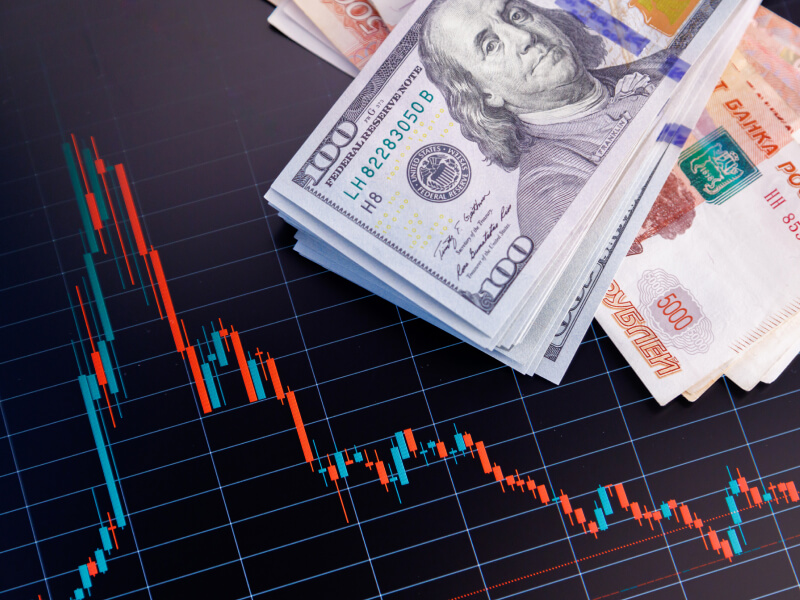
The average daily forex trading profit varies widely depending on factors such as trading strategy, capital, risk tolerance, and market conditions. Successful forex traders may achieve gains of 0.03% to 1-2% per day, while aiming for consistent monthly returns of around 1-10% is a realistic goal.
Day traders typically place a few trades each day and often target a daily profit of about 0.03% to 0.13% of their account balance. Some skilled traders can earn between $100 and $1,000, or more, per day, particularly when utilizing leverage and implementing effective risk management strategies. However, profits are not guaranteed, and losses are common, especially for beginners.
Forex scalpers, who execute many trades daily with small profit targets per trade, usually make around 1 to 2% profit daily on their trading capital. Swing and position traders hold trades longer and therefore don’t aim for daily profits but rather larger gains over weeks or months.
A practical example could be a forex day trader with a $10,000 account risking 1% per trade, placing 5 trades per day, winning 60% of them. Such a trader might average a daily profit of approximately $300 to $400, after accounting for both wins and losses. This includes leverage effects and assumes a disciplined strategy with an average reward-to-risk ratio.
It is key to understand that the forex market can be very volatile and risky. Most retail forex traders lose money over time. Reports indicate that approximately 90% of retail traders experience long-term losses, while only about 10% sustain consistent profits over time.
Setting realistic expectations is crucial. Instead of chasing high daily returns, aiming for steady, modest monthly growth between 1% and 10% helps control risk and promote longevity in trading. Profits depend heavily on strategy discipline, market knowledge, appropriate leverage, and effective loss management.
Metrics and steps to estimate your own average daily profit
Track expectancy, profit factor, average trade, maximum drawdown, and Sharpe ratio. Backtest and forward test in a demo account, record win rate, average win, average loss, and number of trades per day. Use position sizing rules and compounding scenarios to model month-to-month growth. Will your plan generate consistent growth after fees and drawdowns are taken into account?
Practical ranges you can use as benchmarks
- Conservative retail trader: 0.01 to 0.1 percent per day on account equity.
- Active, disciplined day trader: 0.1 to 1 percent per day, depending on risk and leverage.
- Aggressive scalper using leverage: 0.5 to 2 percent per day on capital employed, with high turnover and higher operational risk.
The benchmark you aim for should be derived from backtested strategies, your risk appetite, and realistic costs. Are you measuring your edge in pips, percent, or expectancy?
Related Reading
- What Is A Lot Size In Forex
- How Much Do You Need To Start Trading Forex
- How Profitable Is Forex Trading
- What Is Swap In Forex Trading
- Forex Trading Account Types
- How To Learn Forex Trading
- Automated Forex Trading
- Fibonacci Forex Trading
- Pros And Cons Of Forex Trading
How Much Do Forex Traders Make in a Day?
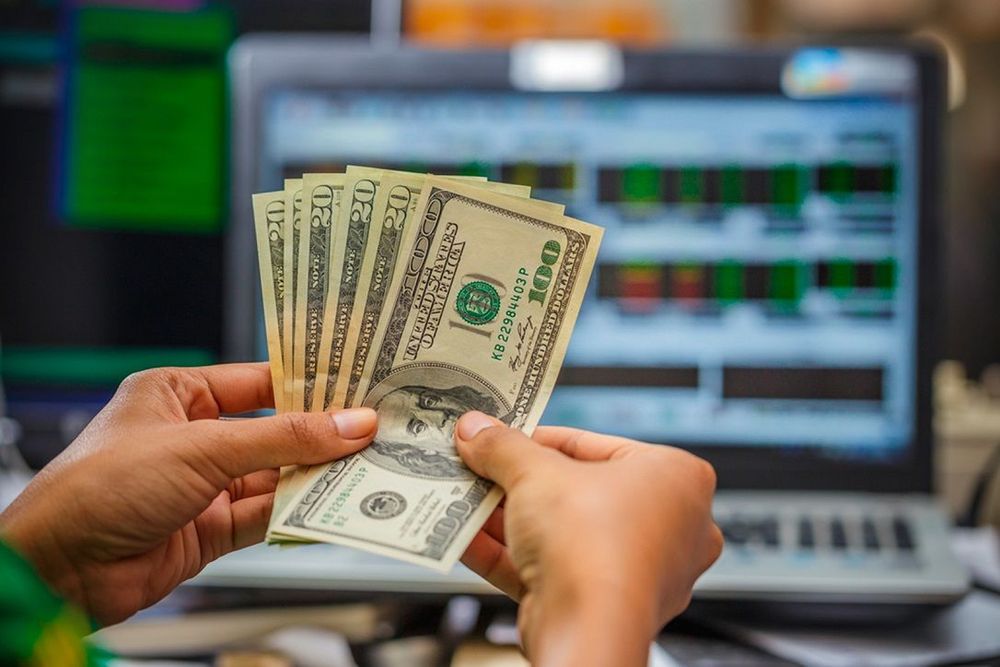
Forex trading income varies significantly depending on multiple factors. These include the trader’s capital, risk tolerance, trading strategy, market conditions, and experience level. There is no fixed amount that all traders earn each day, as profits and losses fluctuate constantly.
Many successful day traders with an account of around $10,000 using leverage might aim for daily profits between $200 and $600. This assumes making several trades with a positive win rate and disciplined risk management. For example, a trader risking 1% per trade with a strategy that wins 60% of trades might earn roughly $400 daily on average. However, this figure is theoretical and doesn’t account for trading costs, slippage, or lost trading days.
Some traders focus on smaller, consistent gains, making a daily profit of 0.03% to 0.13%, which translates to modest but compoundable returns. Scalpers may take tiny profits per trade but execute many trades daily, aiming for 1-2% monthly gains. Swing and position traders generally do not earn daily since their trades last days or weeks, but they aim for higher returns over longer timeframes.
Forex trading profits are not guaranteed, and many traders experience losses, especially those who are new to the market. To earn consistently, one needs a strong education, a tested trading plan, strict risk control, and emotional discipline. Given the leveraged nature of Forex, losses can be substantial without careful management.
In theory, with consistent positive results, a trader could earn $8,000 per month, assuming 20 profitable trading days at $400 per day. Annually, this could total around $96,000. Yet actual earnings vary widely and depend on how well the trader adapts to changing market conditions.
Actions that improve your chance at steady daily profit
Control risk per trade and size positions so a string of losses does not destroy capital. Track pip value and expected return per trade, and include spreads and slippage in your models. Backtest across different market regimes and maintain a trading journal to measure the actual day-trading forex income. Which of these will you implement first to protect your capital and test a real edge?
How Much Can I Make With $1000 in Forex Trading?
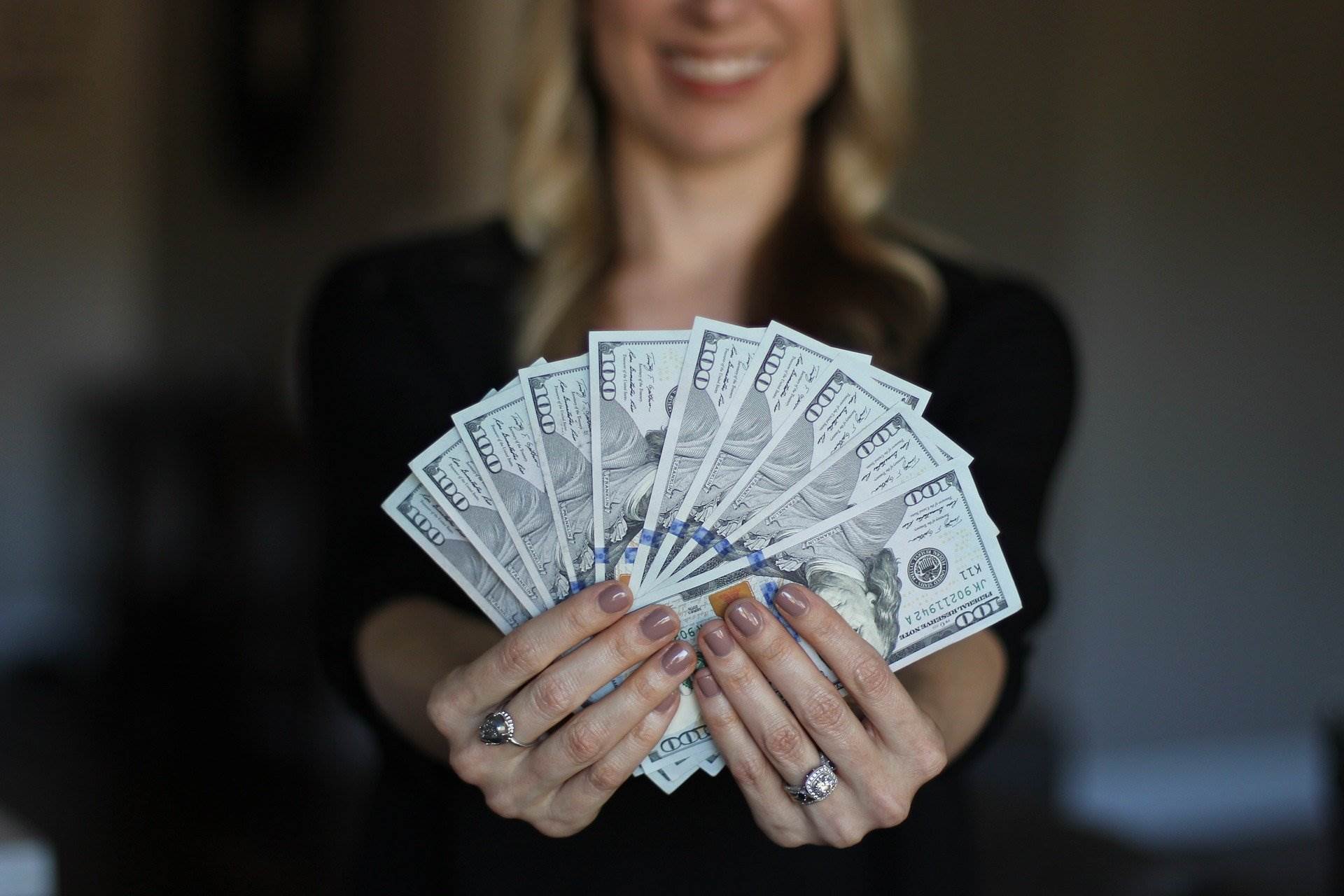
What $1000 Can Realistically Earn You in Forex Trading
With $1000 in a live forex account, realistic monthly gains usually fall between $30 and $150 when you use sensible risk control and a tested strategy. Conservative traders aim for about 3 to 5 percent per month, which translates to $30 to $50 per month. Traders willing to accept more risk may aim for a 5- to 10-percent monthly return, or $50 to $100. Aggressive traders chasing 10 to 15 percent monthly returns can see $100 to $150, but that level of return raises the chance of large drawdowns and losing the account, so which path fits your temperament?
Risk per trade and position sizing determine how long your $1000 lasts and how steady your daily profit can be. A common rule is to risk 1 to 2 percent of the account per trade, meaning $10 to $20 at stake. Use micro lots of 0.01 when you need a small pip value. For most pairs, a micro lot makes each pip worth approximately $0.10, so a 50-pip move equals $5. If you open larger lots or use high leverage, margin and leverage can quickly multiply both gains and losses, so how will you size your positions?
Consider profit per day in practical terms rather than percentage per day targets. A 3 percent monthly return spread across 20 trading days is 0.15 percent per day, or about $1.50 on a $1000 account. A 10 percent monthly return is about 0.5 percent per day, or $5. To produce $5 a day on average, you might capture a handful of small wins or one larger move, depending on your risk-reward ratio, win rate, and trade expectancy. Expectancy matters: calculate it as the win rate times the average win, minus the loss rate times the average loss, to see realistic daily profit potential.
Trading style shapes how many pips you need and how many trades you execute. Scalpers attempt to take a few pips multiple times per day and require tight spreads, fast execution, and a high win rate. Day traders seek intraday swings and aim for modest pip gains, utilizing defined stop-loss levels. Swing traders hold positions for days and target larger moves, but they face overnight swap and gap risk. Each style changes how you measure profit per day, the number of trades, and exposure to volatility, so which style will you practice?
Costs and friction reduce the measurable daily profit on a small account. Spreads and commissions eat into small targets. Slippage on market orders and swap fees on overnight holds also lowers net returns. That is why demo trading with spread and slippage settings that mirror your broker is helpful before you risk real money, and why choosing a low-cost broker matters for small accounts.
Compounding and realistic scaling decide long-term account growth. If you compound modest monthly gains and control drawdown, a $1000 account can grow steadily, though it takes time to reach substantial balances. Random, significant wins are rare, and chasing them often leads to ruin. So, will you prioritize steady expectations and drawdown control?
Goat Funded Trader is a prop firm that gives you access to simulated accounts up to $800K with trader-friendly conditions, no minimum targets, no time limits, and triple paydays with up to 100 percent profit split. Join over 98,000 traders who have collected more than $9.1 million in rewards, backed by our 2-day payment guarantee with a $500 penalty for delays; sign up to get access to up to $800K today with 25 to 30 percent off.
Forex Trading Profit Per Day Using Different Strategies
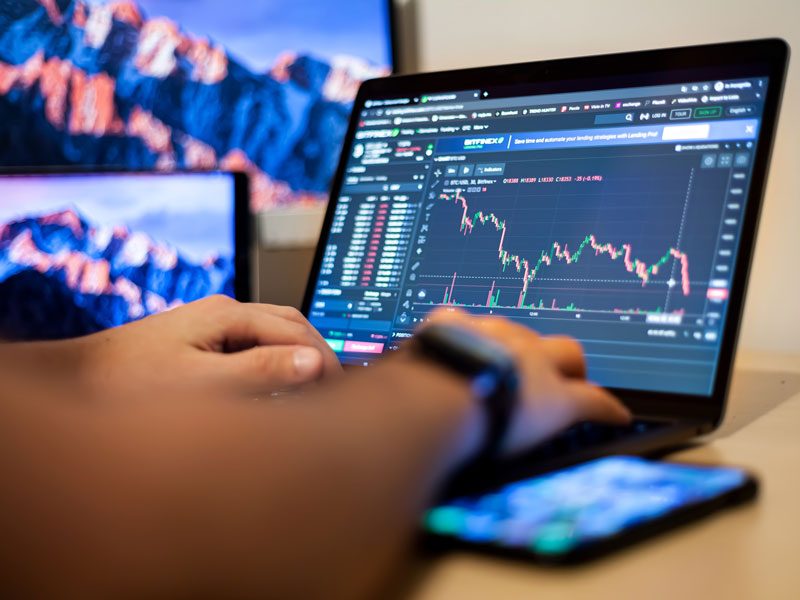
Day Trading
Day trading targets intraday moves. Traders typically place one to three trades per day and aim for small percentage gains per trade. A conservative range sits around 0.03% to 0.13% of account equity per day for disciplined traders. Risk management matters: limit per-trade risk to a fixed percent of capital, control position size with lot sizing and pip value, and factor spreads and slippage into expected returns. What trade frequency matches your attention span and routine?
Scalping
Scalping hunts a few pips many times a day. Targets commonly run from 1 to 5 pips per trade, and active scalpers can net average daily returns of 1 to 2 percent when execution, low spreads, and high win rates align. That return assumes tight risk rules, fast order execution, and minimal slippage. Transaction costs add up, so the choice of broker and spread structure determines whether those tiny wins survive trading costs. Can your platform deliver the speed and cost structure that scalping needs?
Swing Trading
Swing traders hold trades from a few days to a few weeks to capture medium-term momentum. You will not see consistent daily profit totals; instead, you measure return per trade, often 10 to 30 percent over the holding period on winning setups. Fewer trades reduce commission drag. Position sizing, stop placement, and risk reward ratios govern how those swing gains translate into account growth. Do you prefer tracking trends over days rather than watching minute by minute?
Position Trading
Position trading involves holding a position for weeks to months to ride prominent trends. Daily profit is not the metric; traders focus on multi-week or multi-month percentage gains, frequently targeting double-digit returns on successful positions. This style reduces time commitment and lowers turnover costs, but requires patience during drawdowns and an emphasis on macro directional analysis. Does trading with fewer orders and less screen time suit your lifestyle?
How Leverage, Risk Controls, and Capital Size Change Daily Returns
Leverage magnifies pip moves and amplifies return on investment and drawdown. A 1 percent daily return on a $10,000 account equals $100, but with higher leverage, you can reach that number with smaller price moves while increasing the risk of a significant loss. Use sensible risk per trade—many pros limit risk to 0.5 to 2 percent of equity. Combine the win rate and average win/loss ratio to estimate a realistic daily return expectancy. Will you prioritize protecting capital first or chase higher short-term returns?
Concrete Dollar Examples by Account Size and Style
- Day trading on $10,000 at 0.03 to 0.13 percent per day: roughly $3 to $13 per day on average.
- Scalping on $10,000 at 1 to 2 percent per day: roughly $100 to $200 daily, but this usually requires high leverage and tight execution.
- Swing trading: a 10 to 30 percent swing on a $10,000 account yields $1,000 to $3,000 across the trade life, spread over days or weeks.
- Position trading: 10 percent over months produces $1,000 on the same account once the trend completes.
These numbers assume clean execution, consistent edge, and disciplined position sizing. What capital level will make your target daily returns meaningful?
Metrics That Predict Sustainable Daily Profit
Track expectancy, profit factor, win rate, average win relative to average loss, max drawdown, and trade frequency. Expectancy equals (win rate × average win) minus (loss rate × average loss) and tells you the average profit per trade. Combine that with the daily trade count to model the probable average daily return. Backtest across markets, including spreads and slippage, and forward test on a demo account to validate forecasts. Which metric will you monitor first?
Related Reading
- Forex Trading Candlestick Patterns
- Forex Trading Algorithms
- Risk Management In Forex Trading
- Forex Trading Day
- Minor Forex Pairs
- Forex Trading Vs Crypto Trading
- Advanced Forex Trading
- Copy Forex Trading
- Best Books On Forex Trading
- Best EA For Forex Trading
Tips to Maximize Your Forex Trading Profit

Track Every Trading Fee
Trading fees shave off daily returns one trade at a time. Spreads, commissions, overnight swap charges, withdrawal fees, and inactivity penalties all lower your net daily profit. Create a simple fee log that records spread cost per pair, commission per lot, swap rates by direction, and any account maintenance charges. Then use this when you calculate gross versus net profit for a day or a month.
Want a quick check? Subtract total fees and slippage from gross gains to get net profit per day. That number tells you whether your daily profit target is realistic.
Choose the Right Trading Strategy
Scalping and day trading try to capture many small moves for short-term gains. Swing trading and position trading aim for larger moves over days or weeks and often produce steadier average daily returns. Which fits your life and your target daily income from forex? If you can only trade for an hour a day, scalping may not be suitable; if you have full attention, day trading might be a better fit. Compare expected profit per trade, win rate, and number of trades per day to estimate realistic per-day gains.
Use Leverage Wisely
Leverage magnifies both profits and losses. Treat it like borrowed torque. Use a precise position sizing method: risk a fixed percentage of your account equity per trade, then calculate the position size based on the stop loss distance and pip value. Example: an account with $10,000, a 1 percent risk, equals $100 risk capital. If your stop is 50 pips and the pip value is 1 per micro lot, the position size equals two micro lots per pip, risking approximately $ 100. Keep leverage low enough that a few losing trades cannot force margin calls and destroy daily profit momentum.
Set Concrete Goals
Break larger ambitions into daily and weekly targets that relate to account size and risk per trade. Instead of chasing a vague goal like getting rich, set a daily return goal, such as 0.1% to 0.5% of your equity or a pip-based target. Ask yourself what average daily return you need to hit monthly objectives. Then test that target under real market conditions and measure how many trades it takes to get there.
Use Stop Loss and Take Profit Orders
Automatic exit orders prevent emotional errors. Place a stop loss beyond logical support or resistance, and set a take profit at a risk-to-reward ratio that matches your edge. If your strategy has a higher win rate with smaller wins, choose risk-reward accordingly. Calculate how many pips you need per day, given your position sizing and typical win rate, to reach your daily profit target. Automating exits reduces slippage and helps maintain consistent daily profits.
Use Trailing Stops to Lock In Daily Gains
Trailing stops adjust your exit as the market moves in your favor, allowing you to secure gains without manual intervention. You can use a fixed pip trailing stop or an ATR-based trailing that adapts to volatility. For a trending EUR USD move, a trailing based on 1.5 times ATR may capture larger moves while avoiding whipsaws. Test different trailing methods on historical ticks to see which one yields a better daily return and lower drawdown.
Focus on One or Two Currency Pairs
Specialize in a few liquid currency pairs, such as EUR/USD or GBP/USD, to learn their behavior within trading sessions. Knowing typical pip ranges, session overlap volatility, and pip value for a pair improves your timing and position sizing. Focusing reduces analysis paralysis and helps you estimate expected daily profit per pair with confidence. Which two pairs can you study until you know their intraday pulse?
Stop Overtrading and Manage Emotions
Set firm rules to prevent revenge trading and overtrading. Use limits like a maximum number of trades per day, a daily loss cap after which you stop trading, and a rule to pause after three consecutive losses. Keep a trading journal that logs the type of decision, your emotional state, and the outcome. That data reduces impulsive trades and helps you achieve your daily profit targets more effectively.
Use Demo Accounts to Build Real Edge
Use demo accounts to validate entry rules, exits, trailing stops, and fee impact on profit per day. Simulate realistic slippage and fees when possible. After consistent demo success, move to a small live account with micro lots to experience psychological pressure. How often do your demo results translate to live gains when you factor in emotions and real costs?
Regularly Review Trades and Adjust Your Strategy
Track metrics such as win rate, average win, average loss, expectancy, profit factor, and max drawdown. Calculate the daily average net return and the variance. Run weekly and monthly reviews to identify losing patterns and winners to scale. Backtest adjustments, then forward-test them, and apply small changes. Which metric tells you whether your daily profit per day target is realistic or needs revision?
Factors Influencing Forex Daily Profits
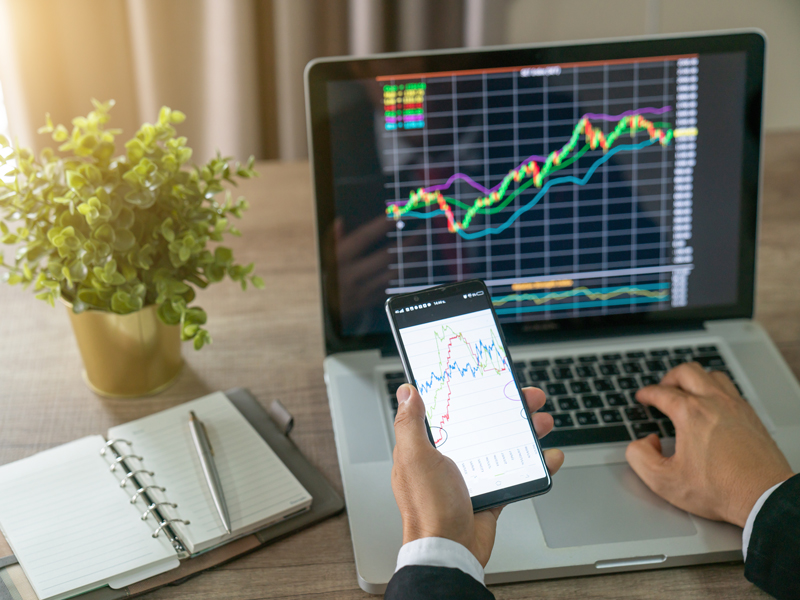
Trading Capital
Your account size directly determines the amount you can risk per trade and the number of lots you can run without exceeding margin limits. A small account necessitates small position sizing, so daily profit targets should be framed as percentages and pips rather than large dollar amounts. For example, a $2,000 account risking 1 percent per trade can lose about $20 on a bad setup; that caps how aggressive you can be and how many pips you need to hit a given dollar goal.
Ask yourself how much drawdown you can tolerate if you want steady account growth with low drawdown. Plan risk per trade, set maximum daily loss, and establish realistic profit targets that match your capital and pip value.
Leverage
Leverage magnifies both gains and losses by increasing position size relative to equity. At a 50:1 leverage, you can control larger lot sizes, which increases pip value and potential daily returns. However, higher leverage also increases margin use and the likelihood of a margin call if markets move against you.
Use leverage with explicit rules: set a maximum leverage you will operate at, calculate the required margin, and link leverage to your risk per trade. Test scenarios: what happens to account equity after a 1 percent move against a position at your chosen leverage and position size?
Market Conditions
Volatility creates movement and the chance to collect pips, while liquidity affects how cleanly you enter and exit trades. High volatility around news releases can produce significant daily returns, but spreads widen and slippage can eat profits. Quiet sessions may offer steady trend moves with low slippage but fewer daily pips.
Track which sessions and instruments match your strategy. Do you trade majors during the London and New York overlap to take advantage of tighter spreads and higher liquidity? Or do you prefer scheduled news plays where volatility spikes and intraday profit potential expands?
Trading Strategy
A trading strategy converts market action into repeatable expectancy. Key pieces include win rate, risk-to-reward ratio, average gain in pips, average loss in pips, and trade frequency. Expectancy equals (win rate times average win) minus (loss rate times average loss); this drives the achievable daily profit per day when multiplied by the number of trades per day.
Position sizing and stop loss placement control drawdown, and determine pip targets that match your edge. Will you scalp for small pip gains with many trades, or swing for larger moves with fewer trades? Backtest entry rules, set objective take profit and stop loss levels, and record how often setups hit profit targets versus stop outs.
Experience and Discipline
Skill and emotional control determine whether your plan comes to fruition. Experience helps you read price action, place stops intelligently, and adapt to changing volatility. Discipline prevents you from over-risking after wins or engaging in revenge trading after losses, thereby preserving your edge and limiting drawdown.
Build simple routines: a pre-market checklist, clear risk per trade, a maximum daily loss rule, and a trade journal review. Ask yourself how you will respond to a losing streak and what rules force you to step back before you erode account equity and compounding potential.
Related Reading
- Forex Options Trading Strategy
- Best Laptop For Trading Forex
- Forex Trading Course For Beginners
- Forex Trading App For Beginners
- How To Choose The Best Forex Broker
- Best Forex Pairs To Trade During New York Session
- Forex Trading Strategies For Beginners
- Forex Algorithmic Trading Strategies
- Best Forex Pairs For Beginners
Get 25-30% off Today - Sign up to Get Access to Up to $800K Today

A funded account removes the capital barrier, allowing you to trade on an absolute scale while using a structured evaluation. That changes how you approach profit per day because your lot sizing and risk limits align with those of a professional account, rather than those of a small retail capital. A funder with fair rules lowers the pressure to chase unrealistic daily percent goals.
Goat Funded Trader: Funding, Conditions, and Why Traders Prefer Us
Goat Funded Trader provides access to simulated accounts of up to $ 800K with trader-friendly conditions. There are no minimum targets and no time limits on challenges, so you focus on expectancy and consistency instead of rushed percentage goals per day.
We offer triple paydays and a profit split of up to 100 percent, allowing traders to retain ownership of their work. Over 98,000 traders have collected more than $9.1 million in rewards under our program, supported by a 2-day payment guarantee with a $500 penalty for delays.
How Our Options Affect Your Profit Per Day Planning
Choose between customizable challenges or instant funding to match your skill and risk appetite. Custom challenges enable you to scale rules and demonstrate consistency before receiving funding. Instant funding enables experienced traders to trade immediately and target daily returns across a larger account, without being constrained by limited capital.
What to Measure Weekly and Daily for Real Performance Signals
Track net daily returns, compounded growth rate, maximum drawdown, Sharpe ratio, and expectancy. Log average pip gain per trade, average loss, win rate, and number of trades per day. Compare the realized percentage per day to the planned percentage per day and adjust position sizing accordingly. Use these metrics to calibrate whether your current edge supports higher leverage or you need to refine your strategy.
Practical Steps to Improve Your Daily Forex Profits
Standardize a trading plan with entry rules, exit rules, position sizing, and risk limits. Backtest and forward test on a simulator or demo that matches execution costs. Reduce overtrading by limiting setups and using a daily trade maximum. Journal every trade and review weekly to improve win rate and reward-to-risk. Consider funded programs to scale once you show consistent performance.
How Payment Guarantees and Fast Payouts Matter for Traders
The speed and reliability of payouts significantly impact cash flow and confidence. A 2-day payment guarantee with a penalty for delays alleviates uncertainty surrounding the withdrawal of profits. That allows you to focus on trading metrics, such as percentage per day and compounding, instead of logistics related to payment timing.
Questions to Ask Yourself Before Chasing Daily Percent Goals
Are your stop losses based on market structure or an arbitrary size? Can your edge survive transaction costs at the lot sizes you plan to trade? Do you have rules for drawdown stops and scaling in and out? Answer these questions, and you will know if targeting a specific daily profit is realistic for your strategy.
How to Start With Goat Funded Trader Right Now
Sign up to get access to up to 800K today with 25 to 30 percent off. Choose instant funding if you prefer to trade immediately or enter a customizable challenge to prove consistency. Review the payout cadence, profit split, and the 2-day payment guarantee before you commit funds to fees and challenges.
.svg)
.avif)
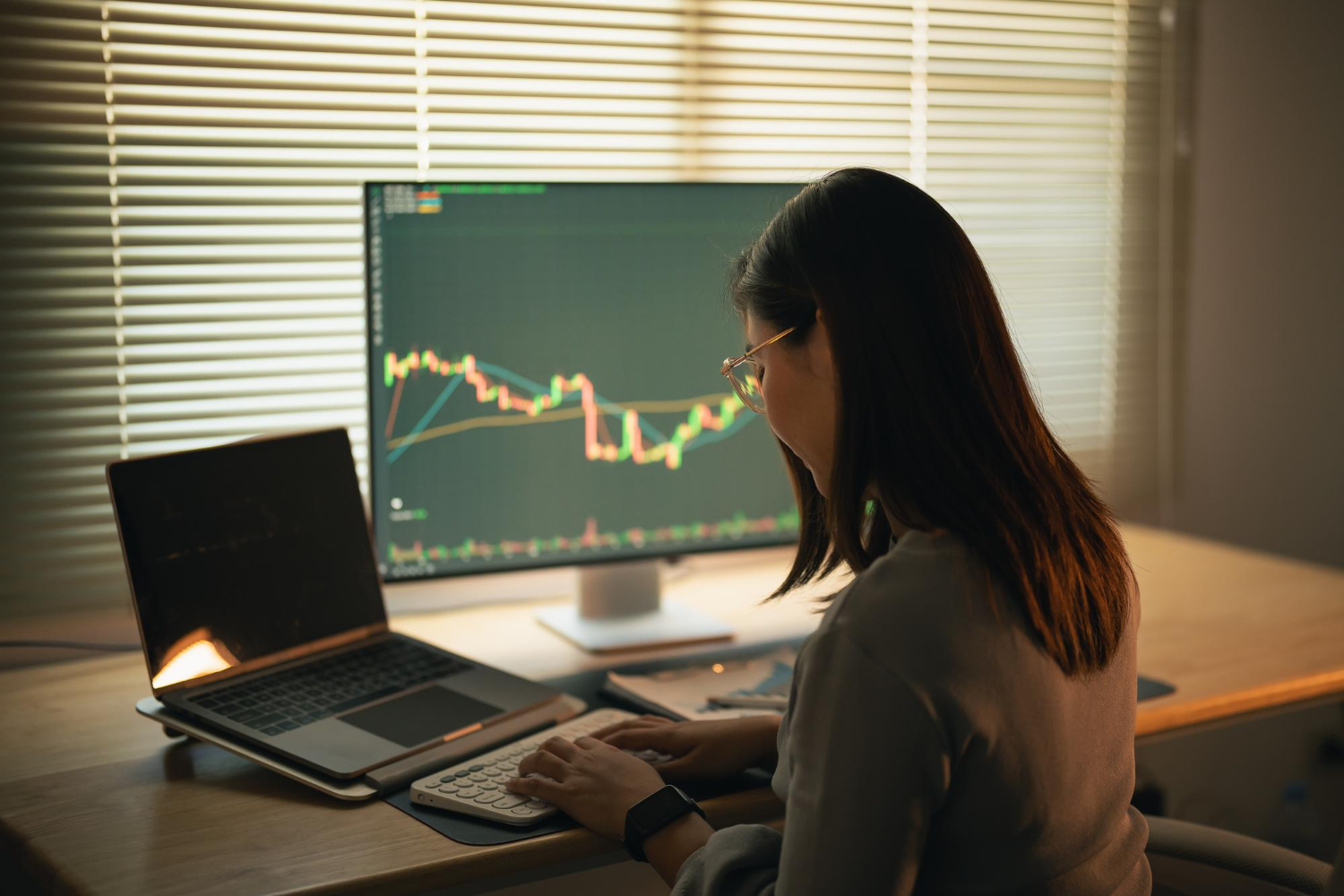


.avif)





.svg)

.svg)